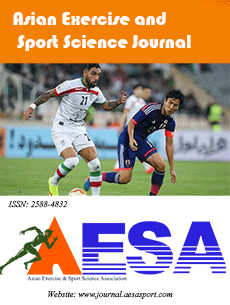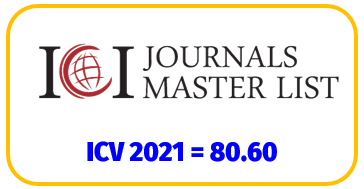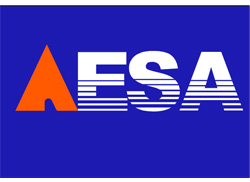Surface electromyography of lower extremity muscles during the sustained isometric knee extension compared with a difference of the feedback method
Keywords:
muscle strength, feedback, torque, electromyographyAbstract
In the physical therapy after the musculoskeletal disorder, we often experience cases with fearfulness in their activity due to not a weakness but a poorness of exertion of muscle strength. In this study, to clarify the relationship between the feedback type and the performance of adjustment of the muscle performance, characteristics of muscle output during the maintaining a constant torque with an alteration of the feedback methods was investigated. Subjects were twenty healthy males, who maintained isometric contraction of knee extension at 60 degrees flexion using BIODEX. EMG was recorded from bilateral tibialis anterior, medial gastrocnemius, peroneus, vastus medialis, rectus femoris and vastus lateralis. As the feedback task, the presence or absence of visual feedback (VF) and verbal instruction (VI) was adopted as follows; A: VF without VI, B: VI without VF, C: neither VF nor VI. And following parameters were compared: Integral EMG (IEMG), the area constituted by torque curve and target torque line, and the number of intersections of torque curve and target torque line. There was no significant finding in the IEMG among task A, B and C, and in the result of the areas between tasks of non-dominant side leg. However, IEMG of task C was significantly increased than task A in dominant side. The intersected number of task A significantly increased than task C, bilaterally. There was a large difference between the demonstrated torque and the target torque in task C. So, there was a clear difference for the degree of difficulty between tasks. However, the clear findings in EMG were not obtained. From the result of this study, there is a need to continue to study in combination of EMG and other indicators.
Downloads


















